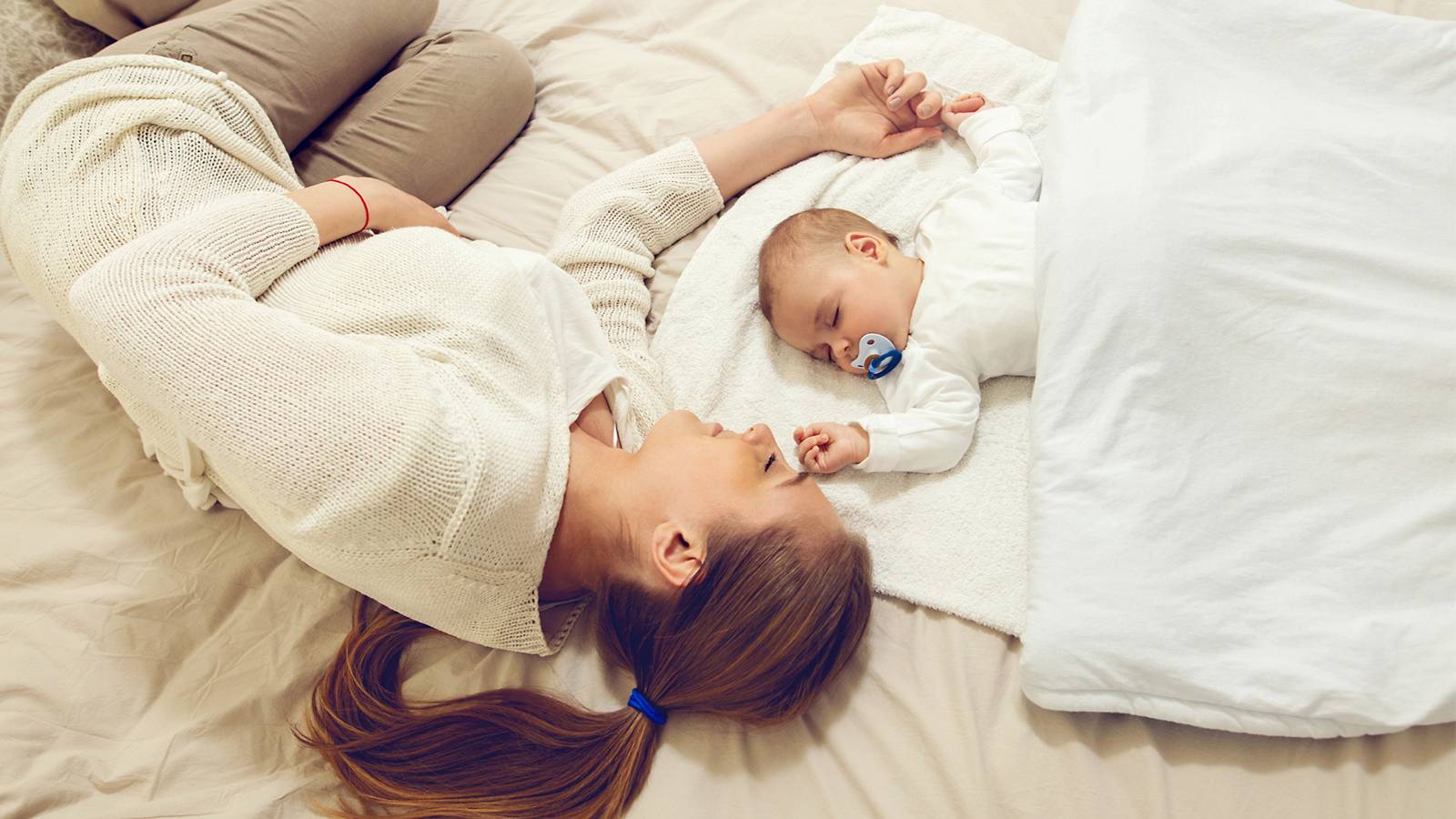Now that your vaginal delivery is over, it’s time to give your nether region some tender loving care…

Congratulations, you just had a baby! Childbirth – whether it’s vaginal or a C-section – is one of the most magical experiences you will ever encounter.
Enjoy the natural high for the next few days as you cuddle your little bundle of joy and smother him or her with kisses. Don’t forget though, that your body has gone through a rather arduous process of birthing a human being, so it also needs some TLC.
Take good care of that C-section scar, mamas. But if you’ve had a vaginal birth, your healing process will be quite different. Since the perineum – the area between your vagina and anus – stretches and thins out as baby is being born, the severity of your vaginal tear depends on how your intensive your labour was.
“Vaginal tears can range from first degree, which only involves the skin, to fourth degree which involves tearing of the skin and muscles from the vagina to the anus,” notes SmartParents expert and obstetrician-gynaecologist Dr Christopher Chong.
Depending in the severity of the tear, you may require stiches and will be given a medicated solution to keep the area clean. You will feel the most pain one or two days after giving birth, but the tears will slowly start healing and may take up to two weeks or more. Expect some soreness, bleeding, swelling and discomfort for a while.
Even as you keep busy with baby, don’t forget to take care of business down there. Here are some home remedies you can try to make sure everything heals nicely.
TIP #1: APPLY AN ICE PACK
Use an ice pack to keep the area cold every couple of hours. Do it for 10 to 20 minutes each time, but not more than that as it can cause nerve damage. It’s also important to start doing it within the first 24 to 48 hours after giving birth, as it helps to decrease the immediate pain and swelling you’ll feel. This will subsequently help with healing. You can either use a frozen gel pack which is soft and squishy and easy to wrap your legs around, or wrap some ice cubes in a towel and apply the cold compression directly to the perianal area.
TIP #2: TAKE A STOOL SOFTENER
Taking your first poop after a vaginal delivery can be unnerving. What if the stitches come loose? What if it tears even more? All are valid fears, even if the risk of them happening is very low. If you find yourself straining to poop and if it’s exacerbating the pain you’re feeling down there, then a stool softener might help. Speak to your doctor first and ask for a prescription or for an over-the-counter recommendation. Include more fibre into your diet to keep you more regular and drink six to eight glasses of water per day, or more. Remember, a healthy mummy equals a healthy baby!
“Vaginal tears can range from first degree, which only involves the skin, to fourth degree which involves tearing of the skin and muscles from the vagina to the anus.”
TIP #3: KEEP THE AREA CLEAN AND DRY
We can’t stress enough the importance of keeping your vajayjay clean and dry at all times. There are many ways to do it. Use the cleansing solution and cotton balls your gynae gave you to gently cleanse the area after every visit to the toilet. Change your pad every four to six hours and use a squirt bottle to spray warm water over the area during and after urinating.

TIP #4: STAY OFF YOUR FEET
Easier said than done for sure, especially now that you have a newborn, but resting will definitely help speed up the healing process. Also, the more you move about, the higher the chances of your stitches ripping apart. Before you get discharged from the hospital, your doctor would have already given you strict instructions to refrain from any physical activities for the next six weeks. This includes no exercise and sex until your next doctor’s appointment to make sure your tears and stitches are healing well. If family and friends are offering to help, accept it and rest!
TIP #5: TAKE A SITZ BATH
If your healing is slow, a salt water bath may speed things up. Salt kills certain types of bacteria infesting an open wound, thus drying out the area faster and helping it heal. Add about half a cup of high-quality sea salt, such as pink Himalayan, to a bath tub filled with warm (not hot) water. Soak in it for about 30 minutes or so. Do it twice a day if possible. Another great remedy is witch hazel. This versatile herb-based liquid acts as a topical astringent to remove contaminants from open wounds and can also stop bleeding by naturally tightening the skin.
The more your move about the higher the chances of your stitches ripping apart.
TIP #6: KEEP IT CUSHIONED
If you feel uncomfortable sitting down all day or on hard surfaces, try propping your behind onto a donut pillow. The cut out reduces pressure and distributes weight evenly, providing good pain relief. It also improves your posture, increases blood circulation and proper spine alignment, perfect if you’re having any back pains from all that baby carrying and post-partum recovery.
TIP #7: KNOW WHEN TO SEE YOUR DOCTOR
While most women heal from their vaginal tears without any drama, that’s not the case for everyone. If the area around your vagina looks infected and you’ve noticed foul-smelling discharge, or are having a fever, visit your doctor at once. Also do so if your pain and swelling seem to be increasing, instead of subsiding and if you’re passing out large blood clots, have severe lower abdomen pain and trouble controlling your bowels. These are all signs that your tear is not healing as planned and requires immediate medical attention.
Photos: iStock
Like us on Facebook and check SmartParents regularly for the latest reads!
You may also like these…
6 natural ways to induce labour
